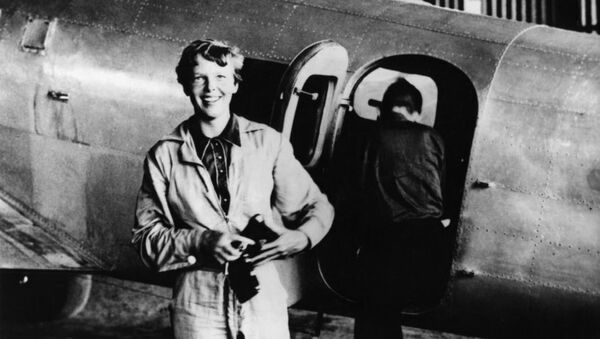Though the bones were previously analyzed in 1941 by Principal of the Fiji School of Medicine Dr. David Hoodless and determined to belong to a man, Jantz claims in his report that the lack of modern analysis techniques led to an incorrect conclusion.
"Forensic anthropology was not well developed in the early 20th century," the paper states. "There are many examples of erroneous assessments by anthropologists of the period. We can agree that Hoodless may have done as well as most analysts of the time could have done, but this does not mean his analysis was correct."
Hoodless' analysis determined that the bones belonged to a 5'5" male who was a "short, stocky [and] muscular European."
Since the 1940 bones went missing after Hoodless' analysis, Jantz had to use Fordisc, a computer program for estimating sex, ancestry and stature from skeletal measurements, to determine that the bones actually belonged to a woman.
After determining the sex of the remains, Jantz then compared the bone measurements to Earhart's by reviewing measurements of her clothing at the George Palmer Putnam Collection of Amelia Earhart Papers at Purdue University.
Jantz also looked into other theories that suggested the bones might have belonged to a Pacific Islander or to a man who'd died at Nikumaroro after a shipwreck in 1929. However, he ultimately determined that there was no evidence that proved either theory as the bones were found more than four miles from where the shipwreck was located and there was no information about a Pacific Islander being stranded on the island.
"This analysis reveals that Earhart is more similar to the Nikumaroro bones than 99 percent of individuals in a large reference sample," Jantz stated. "This strongly supports the conclusion that the Nikumaroro bones belonged to Amelia Earhart."
Furthermore, Jantz notes several corroborating pieces of circumstantial evidence, including that Earhart "was known to have been in the area of Nikumaroro Island, she went missing and human remains were discovered which are entirely consistent with her and inconsistent with most other people."
Jantz, who partnered with the International Group for Historic Aircraft Recovery for the study, published his findings in the journal Forensic Anthropology.

